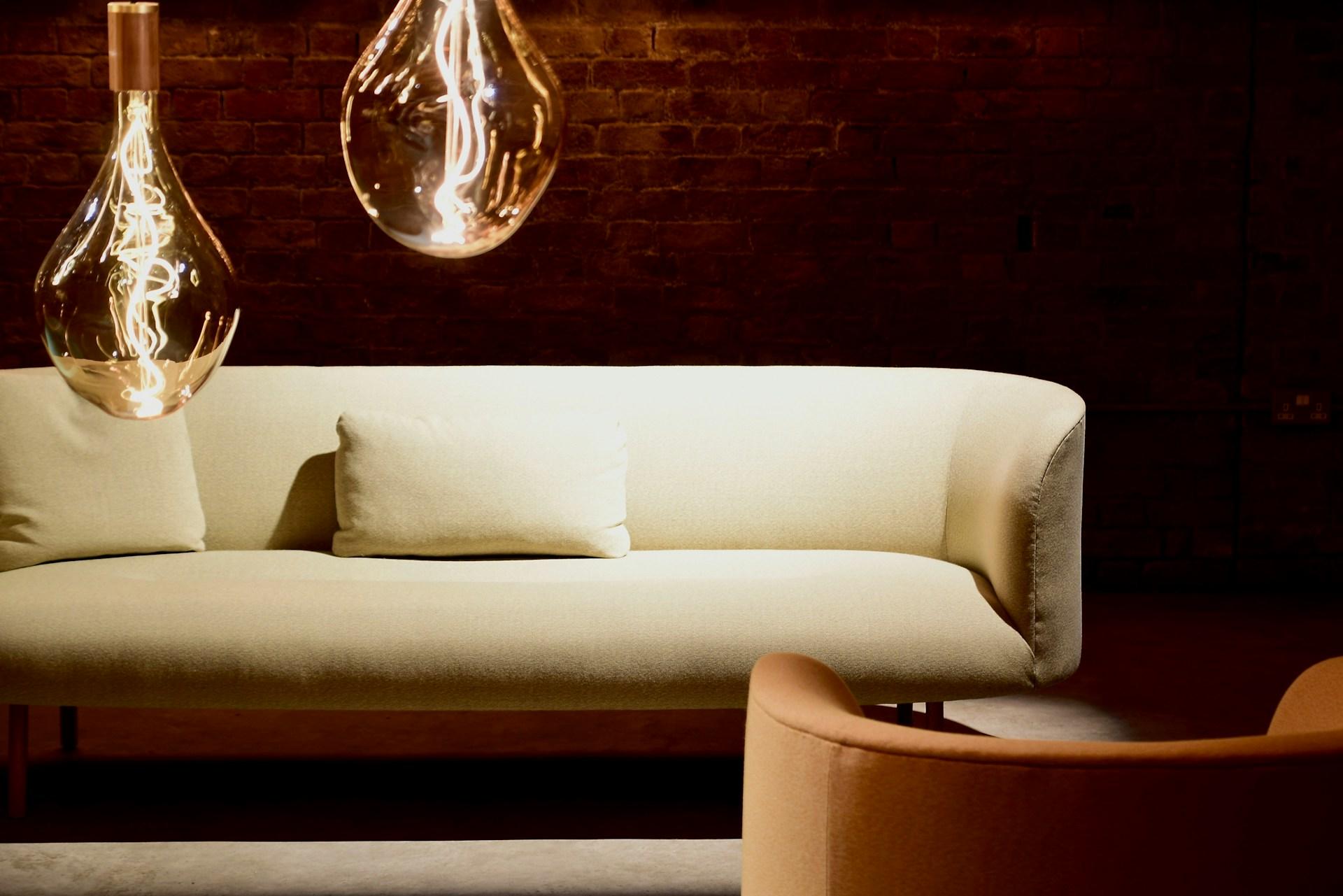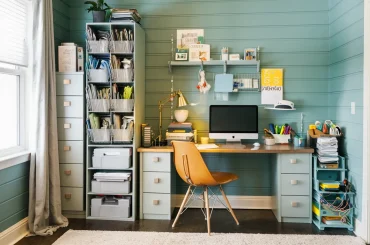Table of Contents
Looking to revamp your old furniture in a way that’s cost effective and super personal? Try creating yourself some new custom cushions with a different upholstery foam.
To start, choosing the right type of foam is so important.
Research the different types and think about your requirements and the final effect you want. Memory foam molds your body, providing personalised support. Polyurethane foam, on the other hand, offers durability. Feel the textures and decide what fits with your comfort needs. After all, that’s the biggest test.
Don’t just go out and buy an old foam. Think about your own specific requirements. Consider the furniture type, how it will be used and the level of comfort you’re trying to achieve. These factors will guide you in choosing the most suitable foam.
Getting the perfect custom cushion starts with accurate measurement. Grab your tape measure and note down the dimensions of your furniture. Measure what you’re replacing. This is key for a snug fit.
Upholstery foam comes in various price ranges, so while you’ll want to find a balance between quality and affordability, investing in good-quality foam really pays off in the long run. You don’t want the effort of reupholstering your furniture, only for the integrity of the cushions to let you down soon after.
Think About the Density of Your Foam
Upholstery foam comes in various densities. Higher density offers firm support, while lower density provides a softer feel. So, consider your comfort preferences and think about how you’ll use the cushion before making a choice.
Think about the thickness of the foam too. Thicker foam adds extra comfort, especially for seating. Strike a balance between thickness and practicality based on your furniture’s design. You’ll also need to consider the design of your furniture and the level of plushness you desire. Thicker foam is often preferred for high traffic seating areas, adding an extra layer of comfort.
Explore the various types of upholstery foam available. Memory foam conforms to your body, offering personalized support. Polyurethane foam is known for its durability. Consider the characteristics of each type and choose the one that aligns with your project goals.
Don’t underestimate the importance of texture, even though it’ll be covered. Feel the different foam options to determine which one suits your preferences. Some foam types may have a firmer or softer feel, so trying a few out really is the key to finding the perfect foam for your needs.
How to Cut Your Foam
If you’re uncertain about which upholstery foam to choose, seek expert advice. Local upholstery shops or online retailers often have knowledgeable staff who can guide you based on your specific needs.
Armed with your measurements and chosen foam, it’s time to cut. A sharp utility knife gives you clean, precise cuts. Take your time. If you get this right it provides the foundation for a professional-looking finish.
Now that you have your perfectly cut foam, it’s time to wrap it in style. Choose a fabric that compliments your decor. Stretch it taut and secure it to the foam. You may decide to create covers to put your foam in.
Enjoy Your DIY Comforts
One of the joys of DIY is adding a personal touch. Whether it’s choosing a fabric that matches your style or customising the thickness for that extra comfort, this is your chance to make it uniquely yours.
You’ve just crafted a custom cushion that not only fits perfectly but also reflects your personal taste. Enjoy the satisfaction of a DIY project well done. Your furniture is not just functional but a reflection of your personal style and comfort preferences.
Final Thoughts
Crafting custom cushions with the ideal upholstery foam is a rewarding and budget-friendly way to upgrade your living space. Embrace the DIY spirit and watch your furniture transform into a personalised piece that offers comfort and your own unique sense of style.
Selecting the right upholstery foam is important for a successful DIY project, ensuring your furniture not only looks good but is also comfortable and durable.





